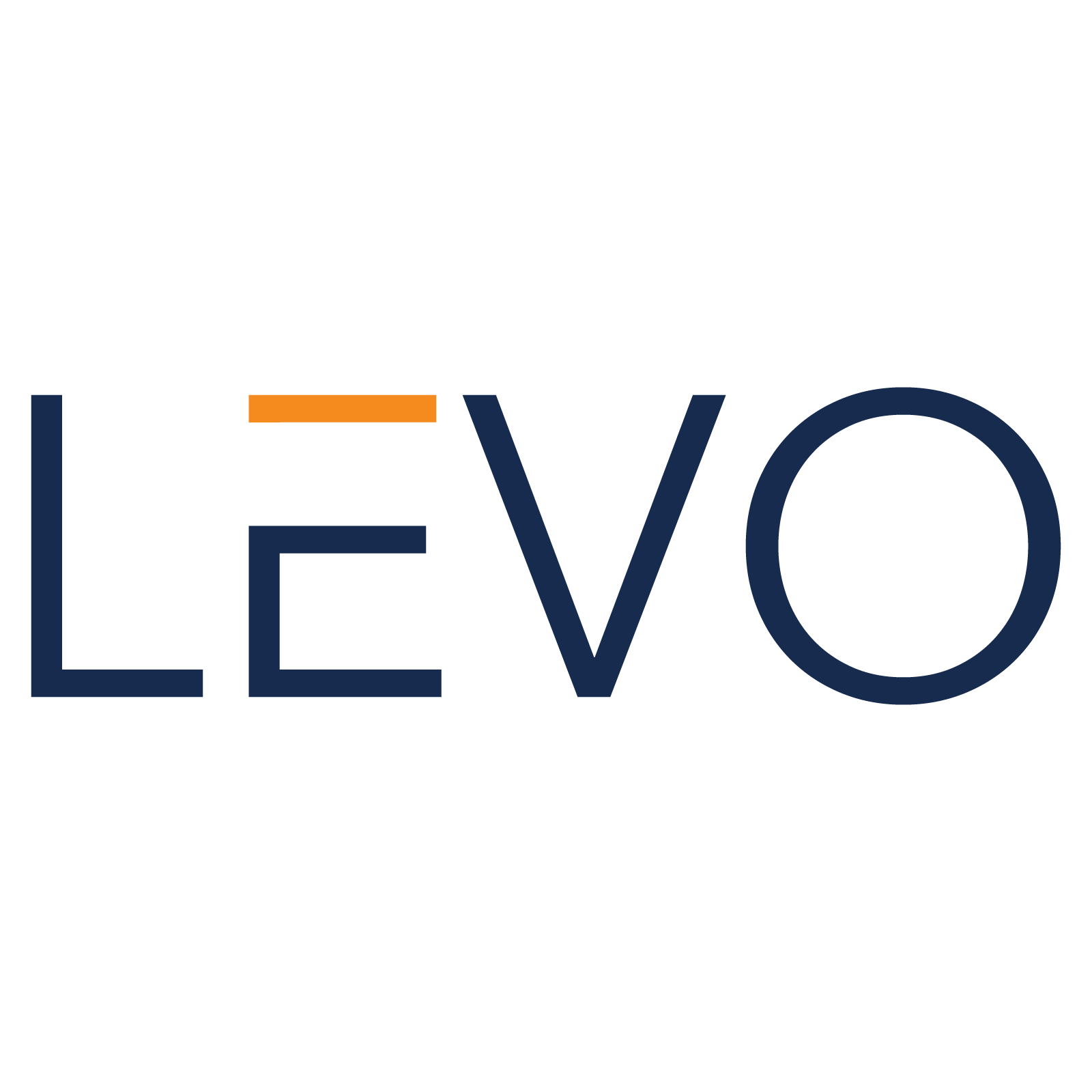Context of MCP Server adoption in Fintech
Fintech companies thrive on speed, innovation, and customer experience. They are known for moving faster than traditional banks, launching new services in weeks rather than years, and experimenting with technologies that promise to make finance more accessible. Artificial intelligence is at the center of this push. From automated lending platforms to fraud detection engines and digital wallets, fintech firms are embedding AI agents into their workflows to scale without inflating headcount.
To make these AI driven workflows practical, fintechs rely heavily on MCP servers. Model Context Protocol servers simplify how AI agents interact with complex systems. Instead of coding dozens of integrations with APIs for payments, KYC checks, or compliance systems, fintech developers expose these functions as tools through MCP servers. AI agents can then request actions in natural language. An example is an onboarding agent saying, “verify this user’s identity with the credit bureau and check AML compliance” and the MCP automatically calling the right APIs.
Fintech adoption of MCP is rapid for two reasons. First, these firms need to scale fast without engineering bottlenecks. Second, they face the same compliance requirements as banks but without the same budgets for manual oversight. MCP allows them to orchestrate workflows quickly while keeping their teams lean. However, this speed introduces risk. MCP servers are handling customer PII, financial transactions, and compliance sensitive data, making them an attractive target for attackers. Without proper security, the very technology that gives fintechs an advantage could also bring them down.
Where MCP fits into Fintech Workflows
Fintech is not a monolith. The sector spans payments, lending, personal finance apps, robo-advisors, neobanks, and more. Across these sub-sectors, MCP servers are becoming the invisible switchboards of daily operations.
- Payments and Transfers: AI agents rely on MCP servers to connect to payment gateways, fraud detection systems, and ledger databases. A request to “process a transfer” may trigger multiple MCP calls to verify identity, check balances, and execute settlement.
- Lending and Credit: AI underwriting agents query credit bureaus, internal scoring systems, and external KYC providers through MCP servers. Loan approval decisions that once required multiple departments now happen in minutes.
- Wealth Management and Robo-Advisory: MCP servers let AI advisors pull market data, analyze portfolios, and execute trades in customer accounts. Customers expect real-time recommendations, which require seamless orchestration.
- Regulatory Compliance: Fintechs must comply with AML, KYC, and GDPR requirements. AI copilots can use MCP to fetch documents, run checks, and generate compliance reports.
In each of these workflows, the MCP becomes the trust broker. It decides which systems the AI agent can access, what data flows where, and how results are returned. This efficiency is what makes fintech products competitive, but it also introduces risks. If the MCP is misconfigured or exploited, the results can range from unauthorized fund transfers to massive data leaks.
The Unique Risks in Fintech (Data, Compliance, Trust)
Fintech companies face a unique blend of pressures. They compete with banks that have deeper pockets and regulators who hold them to the same high standards. MCP servers add new dimensions to this already challenging landscape.
- Data sensitivity risks: Customer PII, account numbers, credit histories, and transaction data flow through MCP calls. Any leak or unauthorized access can lead to identity theft, financial fraud, and loss of customer trust.
- Compliance risks: Regulators require fintechs to prove compliance with KYC, AML, and data protection rules. If MCP servers transfer data across jurisdictions or vendors without guardrails, fintechs risk fines and restrictions on operations.
- Privilege escalation risks: AI agents with broad access to MCP servers can trigger unintended actions. For example, a hijacked agent could approve loans, move funds, or disable fraud checks.
- Operational risks: Many fintechs operate with small teams. They cannot afford manual oversight of every MCP call. Without automation of guardrails, the cost of securing MCP workflows outweighs their efficiency gains.
- Customer trust risks: Fintech adoption relies heavily on customer confidence. Customers choose fintechs for innovation and experience, but one incident of unauthorized charges or leaked data can wipe out years of brand building.
These risks create a paradox similar to banks. Fintechs need MCP to innovate and scale, but without runtime security, adoption stalls or becomes reckless.
Why Legacy Security Fails
Traditional security tools were not designed for the MCP era.
- IAM limitations: Identity and Access Management tools work well for humans logging in, but AI agents operate with non-human identities. Agents assume temporary roles and tokens dynamically. IAM cannot track this fluid behavior.
- API gateways miss the point: Gateways monitor north-south traffic. MCP risks emerge in east-west flows, agent to MCP, MCP to downstream API, and agent chaining. Gateways have no visibility here.
- Deterministic testing fails: Legacy AppSec and fraud systems assume predictable, coded workflows. AI agents generate plans dynamically. No testing strategy can exhaustively predict all possible chains.
- DLP blind spots: Data Loss Prevention tools focus on storage and files. MCP leaks happen in prompts, embeddings, and API responses. DLP cannot catch these flows.
Fintechs cannot afford to rely on tools that give a false sense of security. They need solutions that actually observe and control the reality of MCP traffic.
How Runtime MCP Security Enables Adoption Safely
Runtime MCP security provides the guardrails fintech needs to adopt AI safely.
- Visibility into flows: Trace every agent-to-MCP call and downstream chain. Attribute actions to specific identities and sessions.
- Data redaction and compliance enforcement: Sensitive customer data can be redacted inline. Region and vendor restrictions can be enforced in real time, ensuring GDPR and AML compliance.
- Scoped permissions: Agents receive only the minimum privileges required for the task. Privileges can be revoked mid-session if anomalies are detected.
- Inline enforcement: Security policies act at the runtime level. If an agent attempts unauthorized actions, the session is blocked before damage occurs.
- Audit-grade evidence: Immutable logs of every MCP transaction make compliance reporting automatic and audit-ready.
With runtime security, fintech firms can scale without sacrificing compliance or customer trust. Instead of slowing innovation, security becomes the enabler of safe growth.
How Levo Can Help
Levo extends its expertise in API security into the AI and MCP domain. For fintechs, this means:
- Privacy-first design: Customer data never leaves the fintech’s environment. Only scrubbed metadata is processed.
- Deep visibility: Kernel-level sensors capture agent-MCP-API traffic without developer changes or latency.
- Scalable efficiency: With less than one percent overhead, fintechs can secure MCP traffic without ballooning costs.
- Continuous compliance: Audit trails meet AML, KYC, GDPR, and financial regulations automatically.
Levo gives fintech companies the confidence to adopt AI at scale while protecting the transactions and trust that define their value.
Conclusion
Fintech success is built on speed, but survival is built on trust. MCP servers are the invisible engines that make fintech innovation possible. Securing them is the only way to ensure that speed does not come at the cost of compliance, reputation, or customer confidence. With runtime security for MCP servers, fintechs can scale faster, serve better, and win lasting trust in a crowded market.


.jpeg)
.png)

.png)
.png)
.png)
